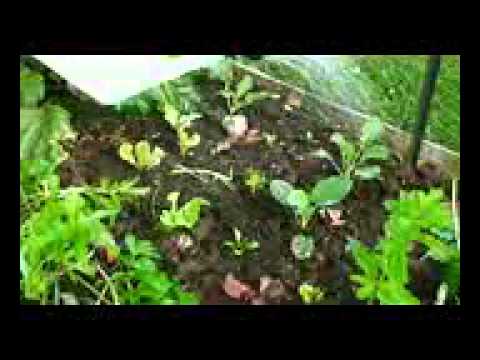how to grow organic food – organic gardening supplies
Get it: http://tinyurl.com/c7kkwyv
The product consists of an 80 page eBook, a project plan, and videos with a total length of approx. 60 minutes:
Dimensions: 8:24
Creating a Frame: 3:07
What Goes in the Frame: 7:53
Putting up a climbing frame for peas and beans: 2:03
Adapting your existing vegetable garden: 2:12
Composting: 4:46
Planting out your Plot: 5:07
Planting a Seedling: 2:25
Self Seeding: 4:11
Maintenance: 5:10
Seasons: 6:52
Potato Beds: 3:16
Mini Food 4 Wealth Plot: 2:58
Food 4 Wealth Fruit Farm: 5:20
I paid $39.97 for the Food4Wealth product.
How does Food4Wealth work
It is truly unbelievably simple, which Jonathan points out himself, but he says it should not keep one from using the system. He says that there are probably many within the profession who would reject it compared to the traditional orthodox horticulture, which he says is about solving problems. Food4wealth is different in the way that you build a system from scratch, which is in a position to solve its own problems, like an untouched natural ecosystem does. He uses the example of a rainforest. In such a system there will always be great diversity unlike traditional monocultures. And it is exactly this diversity that protects the system, for example when he plants various plants close to one another. A single lettuce head next to a single tomato plant, etc. It reminds me of what I do in my raised beds where I plant a row of one type of vegetable, and the next row is then a second type of vegetable, but Jonathan then takes the idea further to the extreme where all vegetables are mixed together in one big mishmash. Another important aspect of the system is that it also takes care of the sowing itself, i.e. self-seeding. After some years there will be so many seeds dormant in the bed that every spot is filled by vegetable plants and weeds will not have a chance. As he says, nature does not allow empty niches. They will gradually be filled by the right plants in the right place at the right time. A bonus that comes with this diversity is that pests are totally confused because they cannot find their desired plant in this jumble. All of this makes sense and the claim is that it works and you can harvest something from the garden every day.
An important part of the system is that the soil is disturbed as little as possible because digging dries out the soil, so one of his golden rules here says that the soil must never be left bare. Digging disrupts the system and the first plants that show up to restore balance are the weeds, which we do not want in our gardens. Weeds are the ultimate niche fillers. So it's all about constantly covering bare soil with compost, which you produce yourself, if you follow the system. Many books have been written about composting, so that's not something new here. But yes, it is clearly a natural thing to do to make it yourself out of kitchen scraps.
The less bare soil you have, the less it dries out and the less you will need to water. So — be generous with the compost at all times. And here is another thing which is somewhat new to me. He even recommends that compost contains the seeds of wilted plants. I have been accustomed to removing seeds from the things I put on the compost, but it's logical when you think about it — but only the correct seeds, so they can sow themselves. Then you even save money on seeds. This system is very much about freedom.
What I like about Food4Wealth
Jonathan White has a great energy and enthusiasm and I cannot help but get moved by it. He's like, "come on now, let's change the world for the better, and here's how we're going to do it — you know it works, right?", and he is convincing in his explanations. He has spent much of his childhood in the Australian bush, and it seems like he has either talent or intuition on how things fit together in the small ecosystems that he talks about in Food4Wealth. All of this also results in a convincing sales page, which probably sells a lot.
The fact that he makes use of video as much as he does works quite well, rather than simply using an eBook. For me personally it's easier to remember key points when I've seen a video. There's more bandwidth, and more information coming through.
I like that the system is so simple and I just sit back and nod, of course, of course; it seems very smooth, intuitively and sustainable. The fact that he provides plant lists and a project plan is quite good because you can quickly get started without knowing very much about how and why the system works. He is well structured and organized, and that he emphasizes on getting away from control and instead move toward freedom gets a big plus in my book.

